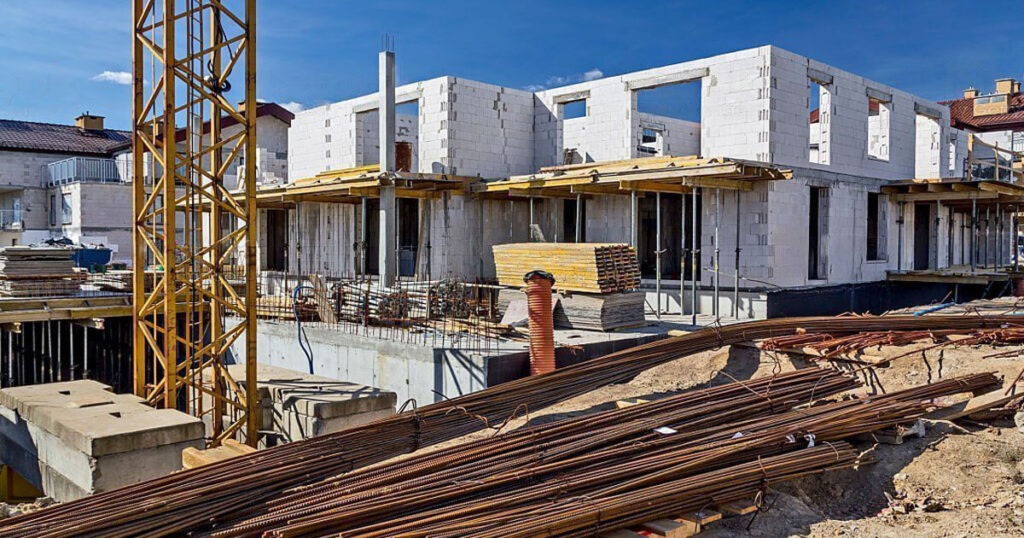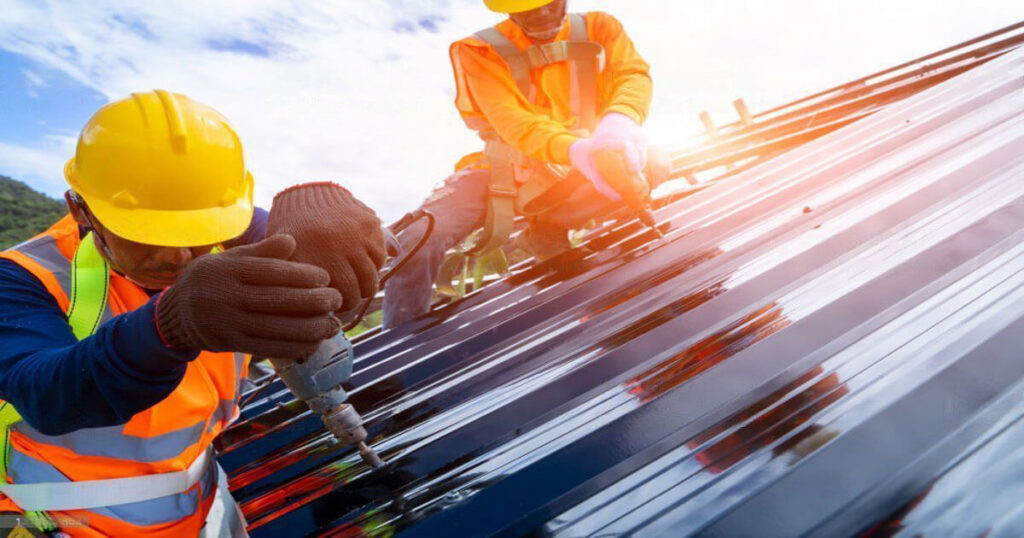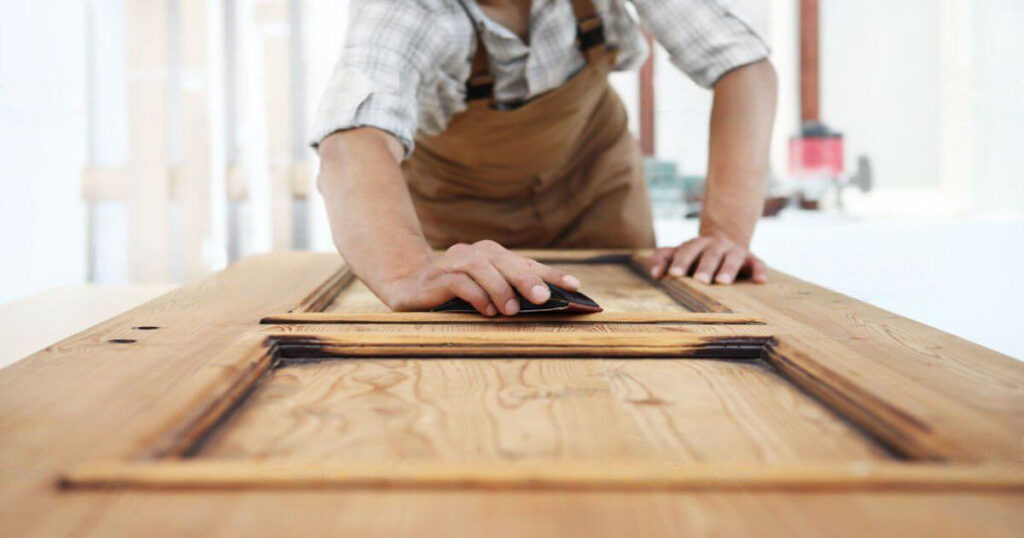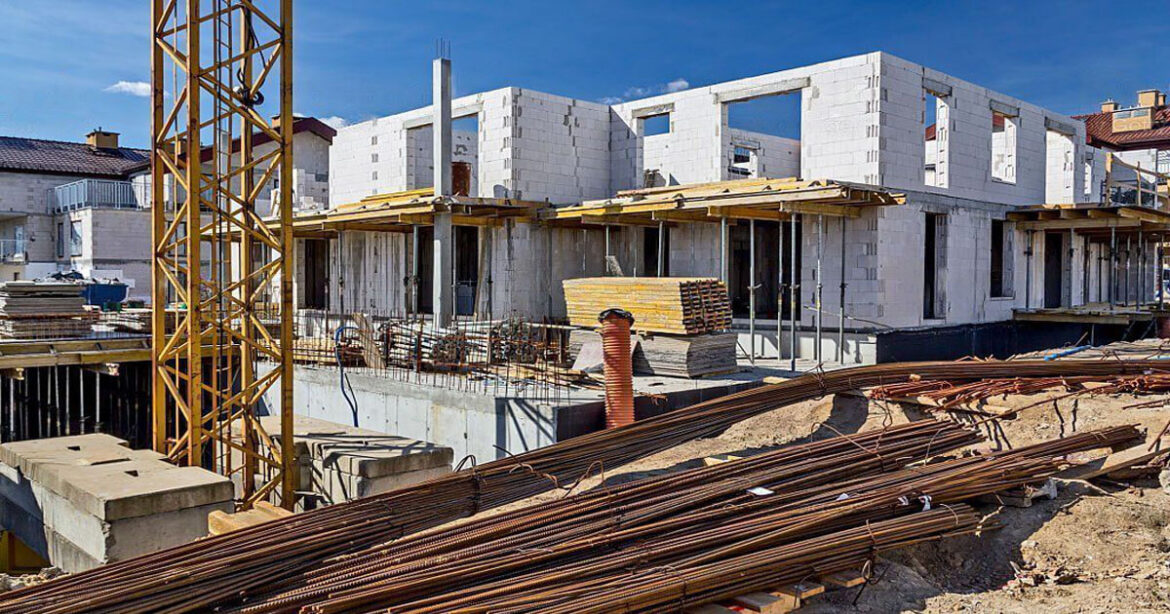
Whether you’re just replacing the carpet or doing a full remodel, the materials you choose are going to be one of the most important parts of your renovation. The right building materials will last longer and look great, while the wrong ones can cost you in the long run and don’t even look as good. Luckily, there are plenty of building materials that are both durable and beautiful, so check out this list of top building materials.
Different Types of Building Materials:
Before you start your home renovation, it’s important to learn all about the different building materials that are available. Certain materials can be more expensive than others, and their appearance, durability, and strength may vary based on where they were made or what process was used to make them. Knowing these things beforehand can help you figure out how much a job will cost, what kinds of problems might arise from different choices, and whether or not a job will even be possible given your budget. Here are some basic facts about building materials that may help you when selecting the right material for your project:
-Cement is durable but takes a long time to set up, which can make working with it difficult if the temperature is too hot or cold.
-Steel is durable and strong enough to handle heavy loads but its thickness can result in weakened joints when installed over openings in the ground.
-Wood is relatively inexpensive and easy to work with but isn’t very fire resistant.
What are the Pros and Cons of Metal Roofing?
If you want a simple, weather-resistant roof with modern building materials, metal is worth considering. This durable material can last more than 50 years and is available in several colors to match your home’s design. However, metal roofs are more expensive than other options and may not be suitable if you live in an area that receives a lot of snow or rain. If your budget allows it, though, they’re a great choice. Plus, unlike asphalt shingles, the surface of a metal roof won’t need to be replaced every 20 years.
Metal Roofing Maintenance:

It’s tempting to install a metal roof, as it looks great and is durable two qualities every homeowner looks for in their building materials. But metal roofs need special maintenance and can’t handle typical repair methods (like a coat of paint or replacing shingles). The good news is that metal roofs last about 50 years, meaning you won’t have to worry about your renovation project getting old with your home. When it does come time to replace your roof, it might be tempting to install a new one made of concrete or clay tiles; don’t do it! Most home insurance companies won’t cover these types of surfaces because they are more likely to leak in high winds.
Clay Tiles May Cost More, but Are Worth It:
If you’re looking to replace an old roof, clay tiles may seem like a lot of extra money just to add aesthetic appeal. But in most cases, they are worth it because they last significantly longer than asphalt or tar paper and building materials are environmentally friendly. Clay tiles also require less maintenance over time because they don’t absorb water or deteriorate with age. To make things even better, clay tile roofs increase your home value and can actually save you money when tax time rolls around! There is always the concern that the cost of installing clay tiles will be more expensive up front, but this is rarely the case. Not only do they pay off in terms of longevity and environmental benefits.
How to Choose a Door building materials:

An old home with creaky floors, peeling paint and crooked doors these building materials can make you feel like you’re living in a horror movie. Thankfully, it’s easy to freshen up your home. A door is one of your first lines of defense against intruders and also determines how happy you will be spending time in your home. Here are some things to consider when choosing a door material. An aluminum or steel door frame can provide increased security if someone attempts to break into your home. It will also save energy by blocking the sun’s heat and cooling the interior environment. A composite or fiberglass frame has low-maintenance benefits because they do not corrode or rot over time.
Awnings for building materials Energy Efficiency:
Installing awnings is an easy way to increase your home’s energy efficiency, especially if you have south-facing windows or large east- or west-facing windows that let in lots of suns. The shades can be raised and lowered by hand, letting you control sunlight when you want it. And they tend to be less expensive than other window treatments. Plus, awnings tend to pay off quickly; studies show they can cut energy bills by 10% or more. Most modern siding building materials so they don’t require special maintenance and last much longer than traditional fabrics. They’re also easier to install because there’s no need to screw them into the house.
Siding Options – Don’t Get Burned on Vinyl Siding
If you’ve shopped around for siding, you might have come across vinyl as an option. On paper, it can seem like a good choice: It’s easy to install and is usually cheaper than other materials. The problem is that in many cases, it’s not really vinyl at all it’s a fiberglass product with a vinyl coating. Fiberglass tends to be weaker than other building materials and might require more frequent repairs down the road. To be sure you’re buying true vinyl siding, talk to your builder about it. The same material that makes up food containers?



